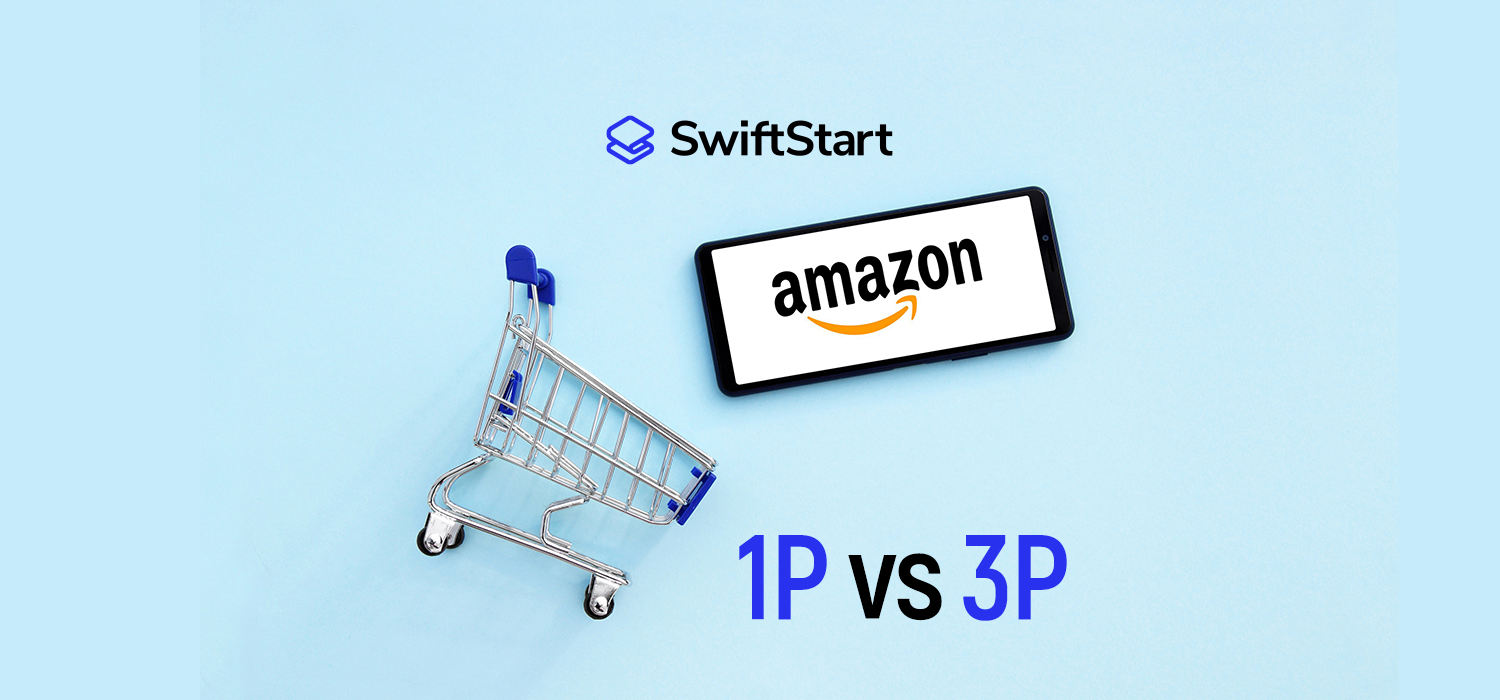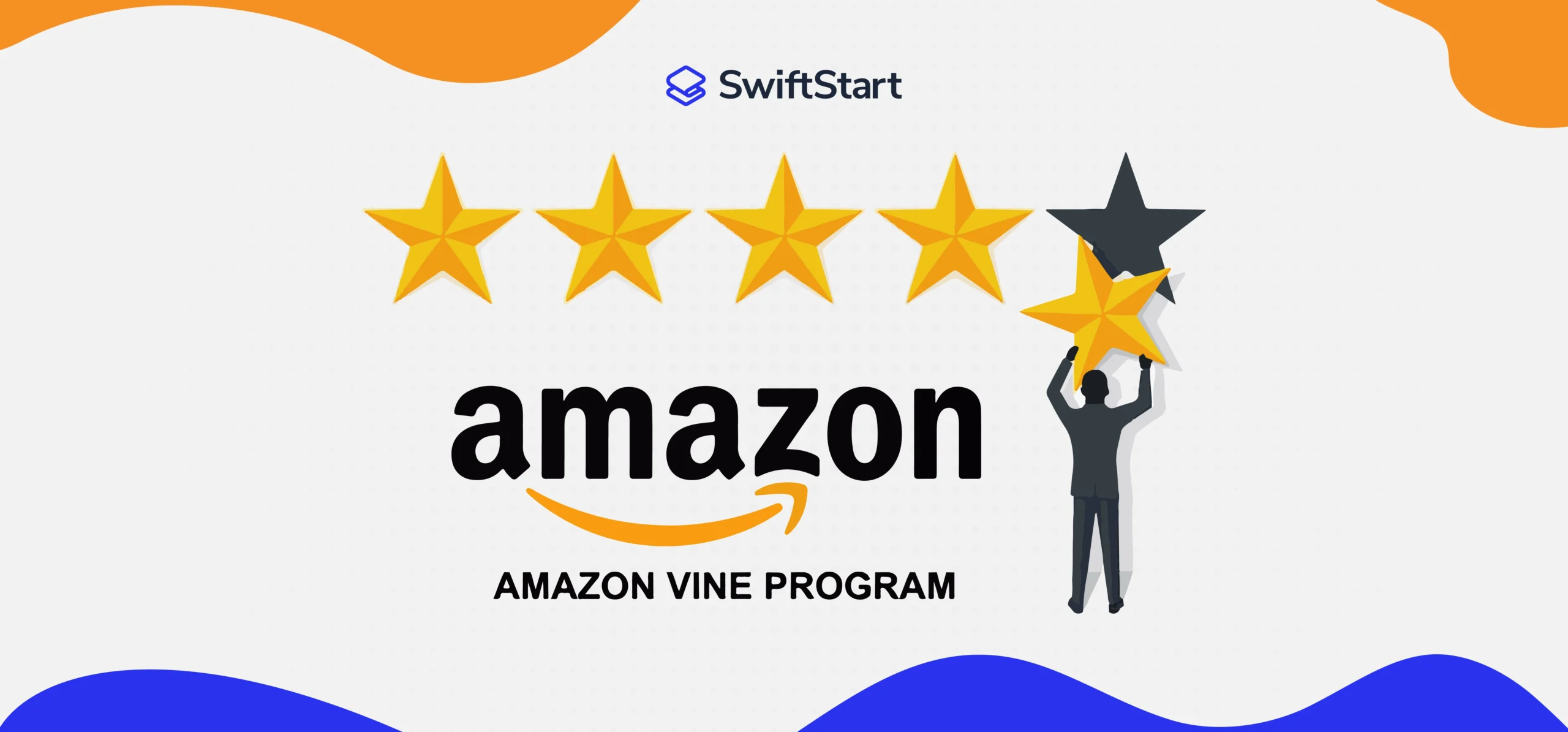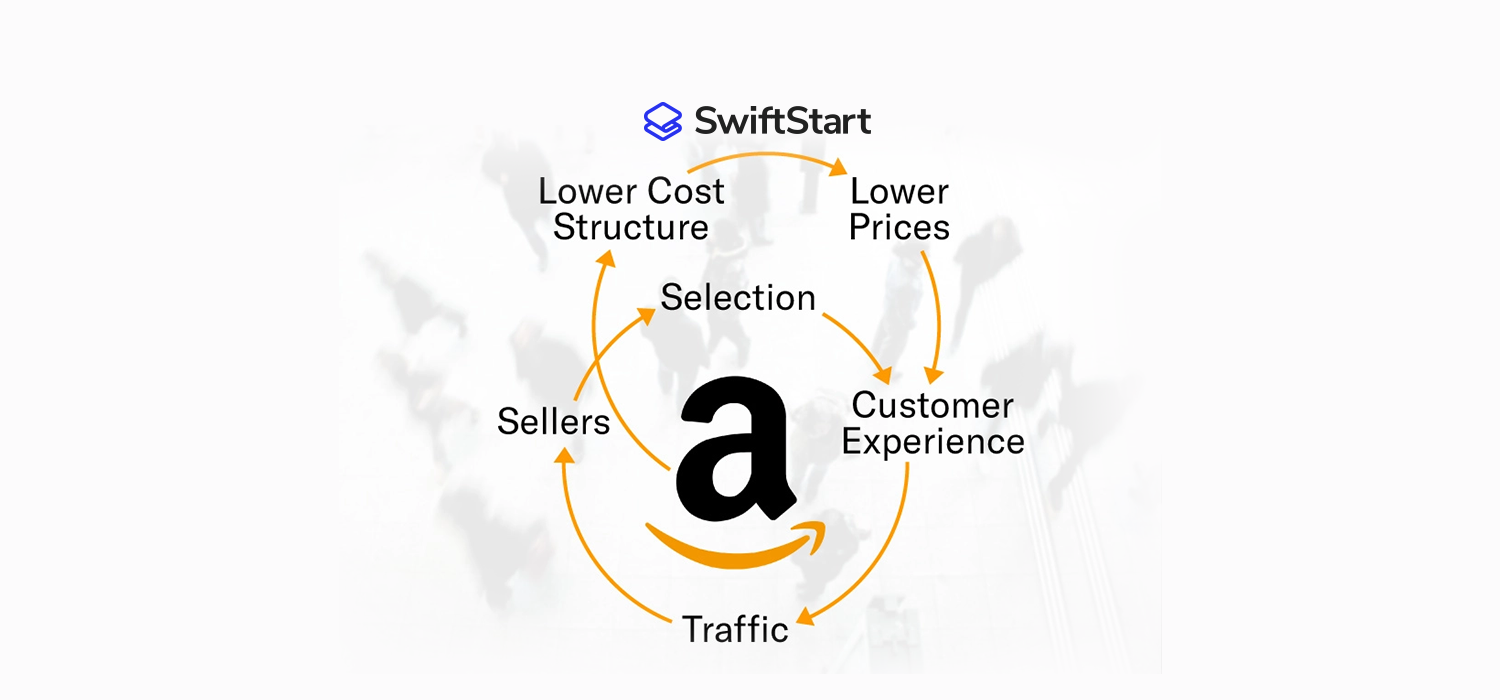SwiftStart launched Fomin during the height of the pandemic. The brand is now expanding its product lines after tripling revenue.

Amazon partners with you no matter the way you choose to grow your brand on Amazon. There are various ways by which you can sell on this platform including Amazon 1P, 2P & 3P. In this blog we are discussing the two of them; Amazon 1p Vs 3p. 1P is handling everything on single and seamless transactions with Amazon.com and it does look tempting. But most sellers prefer delivering products directly to the customers with 3P sales. The 3P model lays the groundwork for diversifying into other marketplaces, offers greater freedom, and can be much more profitable.
When it comes to Amazon 1P vs 3P, deciding between one depends on the infrastructure you establish, processes regarding how involved you want to be, and how you set up your logistics.
Vendor Central or 1P is considered the fastest as well as the most convenient way to sell on different marketplaces like Amazon or Walmart. It is also the most traditional method.
In 1P instead of creating listings on Amazon, you sell your products directly to the company. Amazon itself negotiates a wholesale price for your products, picks them up, and lists them. The platform controls the listings, sets up the price accordingly, and makes decisions regarding whether or not to make another purchase or when.
1P marketplace offers many benefits for manufacturers:
Amazon 3P or Seller Central means selling directly to customers through the Amazon marketplace. It involves taking your products to Seller Central and listing them directly so that consumers can buy them. Using 3P, you can earn more but at the same time, you'll have to expand the infrastructure to handle logistics. Manufacturers today prefer to sell directly and 3P marketplaces are extremely vast.
3P sales offer more to manufacturers:
For 3P you need a more hands-on approach which is the reason most brands avoid direct sales. Some of the challenges that manufacturers face with the 3P marketplace model are:
Amazon 1P vs. 3P widely depends on your brand or organization and how much you want to be involved in the processes. 3P sellers have to handle things like direct marketing, logistics, and customer service. It needs greater business investment and things are also complex. However; in the long run, it can result in larger profits. Here’s all you need to know regarding Transitioning from 1P to 3P.
Amazon 3P means you control being delisted and pricing. It means you can sell on other marketplaces. Diversifying across different marketplaces offers greater business security because if you face any issue regarding a marketplace or your seller account, you can still be secure on other sales channels.
Contrary to that 1P sellers are bound to a single marketplace, because there is a risk that you might get delisted elsewhere if you're selling the same products for a lower price on Amazon.
With the 3P marketplace model the time expenditure goes up per sale, but with that profit per sale also increases. On the other hand, 1P reduces your hassle but cuts into margins simultaneously. Even if you're selling via 3PL like Amazon FBA, you still need to invest resources into building your infrastructure to prepare and ready your package for FBA.
Selling via 3P means you have to handle product presentations, listing updates, or other alterations which need you to keep everything up to date, invest in merchandising, and create listings.
Contrary to that, if you sell your products directly to Amazon, you can provide marketing material. product descriptions, etc., upfront. After that, your product is in Amazon's hands. However, Amazon still charges for merchandising and you'll have no control over listing updates, product presentations, etc., even with the changes in your product.
1P focuses on seamless transactions with Amazon and there isn't any hassle as you give up almost all control of your sales to the marketplace. The 3P model needs more work to set up. However, there's freedom for expansion and you keep control of the business. Take the time to weigh the pros and cons of each model and then decide which one suits you the best.
Check our comprehensive guide on how you can easily grow your brand on Amazon with the expertise of SwiftStart.
Both Amazon 3P and 1P marketplace models have their own benefits and drawbacks, making them great options to sell on Amazon. The trick here is to evaluate each method and determine which one fits your requirements the best. You can always benefit from the new Amazon customer engagement tool to send email campaigns, keep customers engaged with your store, offer discounts & coupons, and educate customers about your brand.
If you find this article helpful then join our social footprint for more Amazon insights and growth hacks. Become a part of our Amazon Facebook community group to stay updated with the latest Amazon news, tips, and tricks. Follow us on LinkedIn for expert guides and Amazon growth strategies. Experts at our Amazon growth agency are always available to answer any questions and provide personalized support. Check out our SwiftStartUP Amazon podcast for exclusive insights from experts and success stories from top Amazon sellers. Don't forget to claim your free Amazon account audit right now!
In a 1P relationship with Amazon, your brand acts as a wholesaler selling products directly to Amazon as a retailer. It is basically a "Brand-as-Supplier" relationship in which Amazon buys products from you, sells them, and owns all the communication with the consumers to complete the sale.
Whereas in a 3P relationship with Amazon, your brand directly sells the products to the customers using the Amazon marketplace. You are responsible for everything including listing products, shipping to fulfilling orders to offer excellent customer service.
Yes! sellers have the option to sell some products on Amazon and some products to Amazon. Many sellers on Amazon prefer a hybrid approach, where they benefit from both 1P and 3P features. Products that don't perform well in a 1P setup can do better under 3P. It is also an excellent way to test new products.
If you’re in search of an Amazon success partner, you have come to the right place. SwiftStart (http://swiftstart.com/) offers a team of experts behind each of your products, maximizing your success. Get in touch for a free one-to-one consultation.
As an Amazon seller, you know how challenging it can be to stand out in a crowded marketplace. That's why it's important to take advantage of every opportunity to showcase your products and reach new customers. Amazon Lightning Deals are an exciting way to do just that! These limited-time promotions offer incredible discounts on your […]
)
Amazon's marketplace is full of countless products and brands competing for attention. In this case, Amazon product research is the differentiator to either make or break their business. Highlights Why We Wrote This? With this guide, we provide our aspiring Amazon sellers with a comprehensive understanding of Amazon product research. Amazon product research is important […]
)
Retail brands that operate on the brick-and-mortar model typically have a disadvantage when it comes to managing their Amazon marketplace strategy. Outsourcing to a number of agencies is an effective way for brands to have their needs met without the need or expense associated with hiring full-time employees. But this can have unwanted repercussions for […]
Do you want to skyrocket your profits on Amazon this year? Selling on Amazon offers an incredible opportunity to reach a global audience and maximize your earnings. According to Statista's report, over 60% of the total sales on Amazon were orchestrated by independent third-party sellers. This group of sellers contributed a substantial $4.1 billion in […]
)
A well-organized Amazon Product Detail Page (PDP) gives shoppers the best and most important details about a product, no matter how many sellers sell it or where they buy it from. Key Highlights Why We Wrote This? We write this content so that Amazon sellers know the details of an Amazon product page and optimize […]
)
Are you an aspiring Amazon seller looking to boost product reviews and increase sales on Amazon? Look no further than the Amazon Vine! This program unlocks a world of possibilities for Amazon sellers and enhances their chances of success in the competitive Amazon marketplace. However, if you're a newbie to this program, you might not […]
)
Amazon has introduced a system that allows merchants and customers to communicate directly, known as the Amazon message center. Highlights Why We Wrote This? We wrote this content so sellers understand that the Amazon Message Center is vital for effective communication between buyers and sellers. This service lets customers contact sellers regarding orders using Amazon's […]
)
Amazon, the world's largest online retailer, has a business model that has disrupted traditional retail and changed the way people shop. At the core of Amazon's success lies its Flywheel, a powerful growth engine that has fueled the company's expansion into new markets and propelled it to become one of the most valuable companies in […]
)
Most brands that sell products on Amazon have probably heard of the importance of providing an inclusive shopping experience to increase their sales. By taking steps to make your shop more accessible to all customers, you can tap into a larger market and boost your bottom line. But what does Inclusive Shopping Experience mean, exactly? […]
)
Looking to maximize your sales potential this Q4 on Amazon? With the holiday season approaching, sellers are gearing up for the year's most lucrative sales period. For Amazon sellers, mastering this season is a must. Whether avoiding stock shortages or dealing with Amazon's shifting inventory limits, staying on top of things this Q4 demands meticulous […]
)